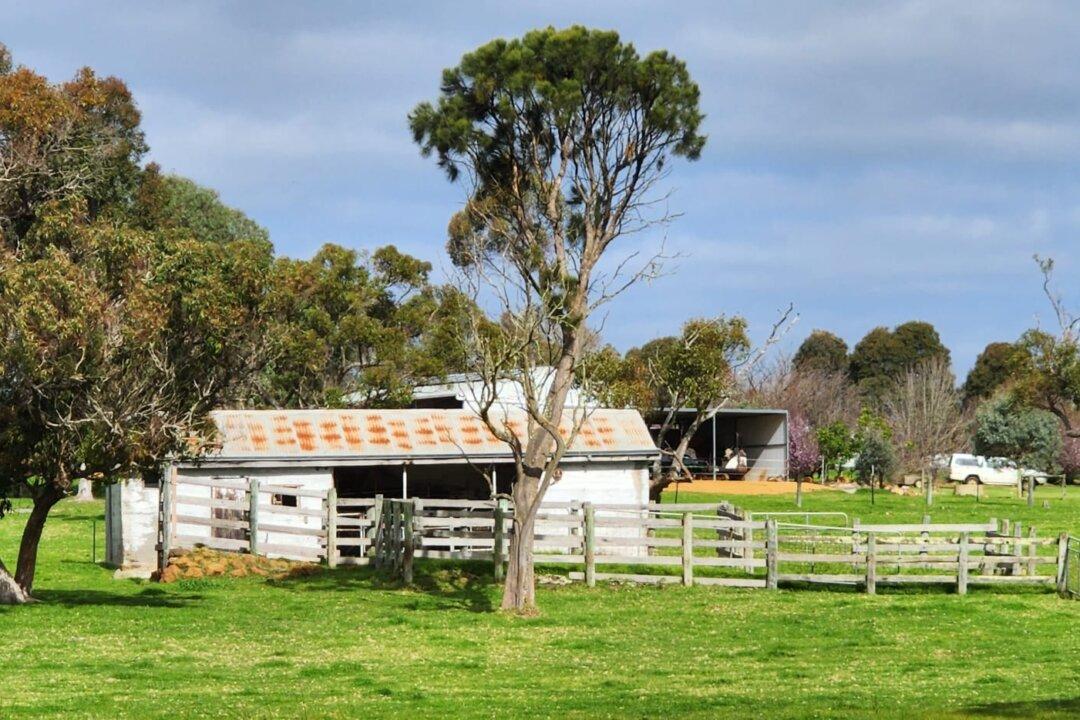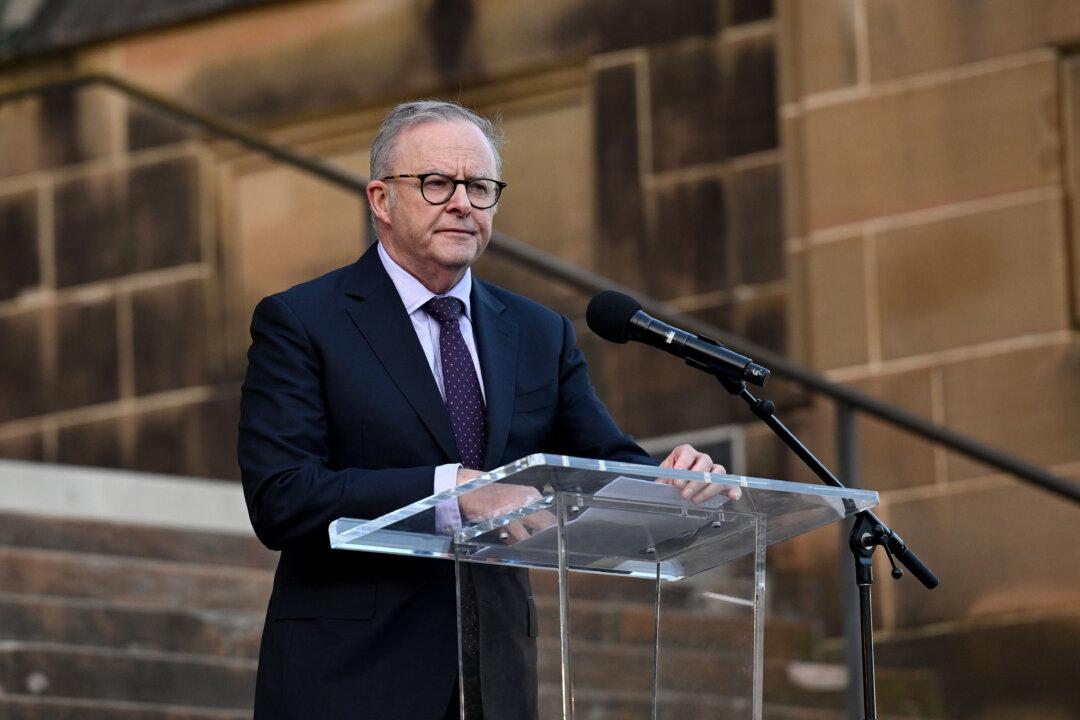Australian farmer confidence has improved marginally thanks to easing concerns about commodity prices and input costs. However, it remains in negative territory overall.
The latest quarterly Rabobank Rural Confidence Survey, released on Sept. 13, saw confidence lift nationally from -25 percent in the first quarter of 2023 (the lowest level since late 2018) to now sit at -22 percent.




